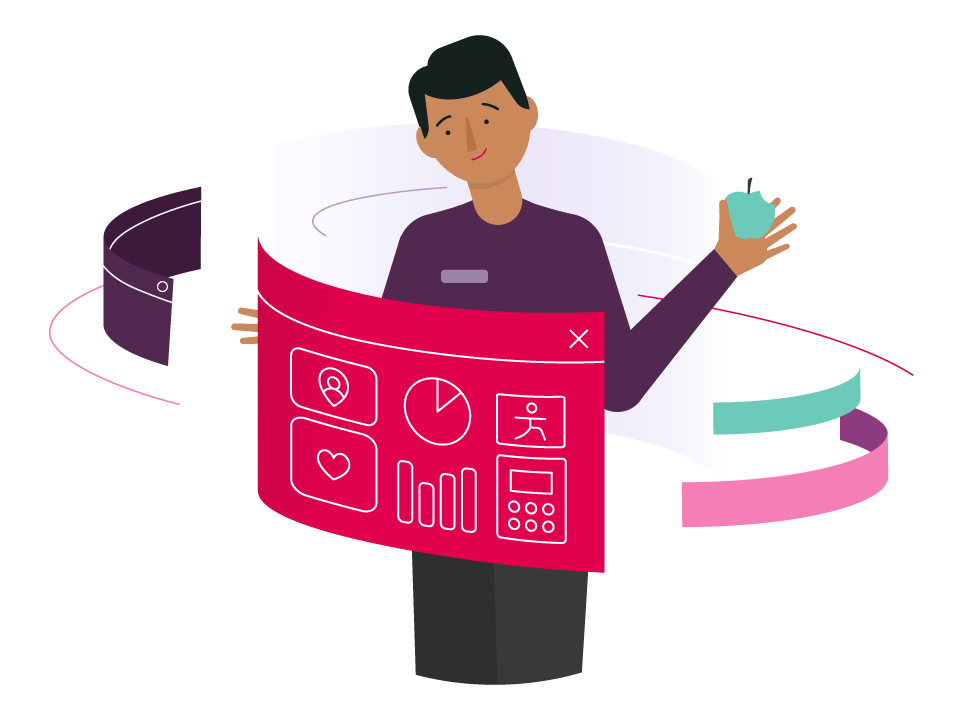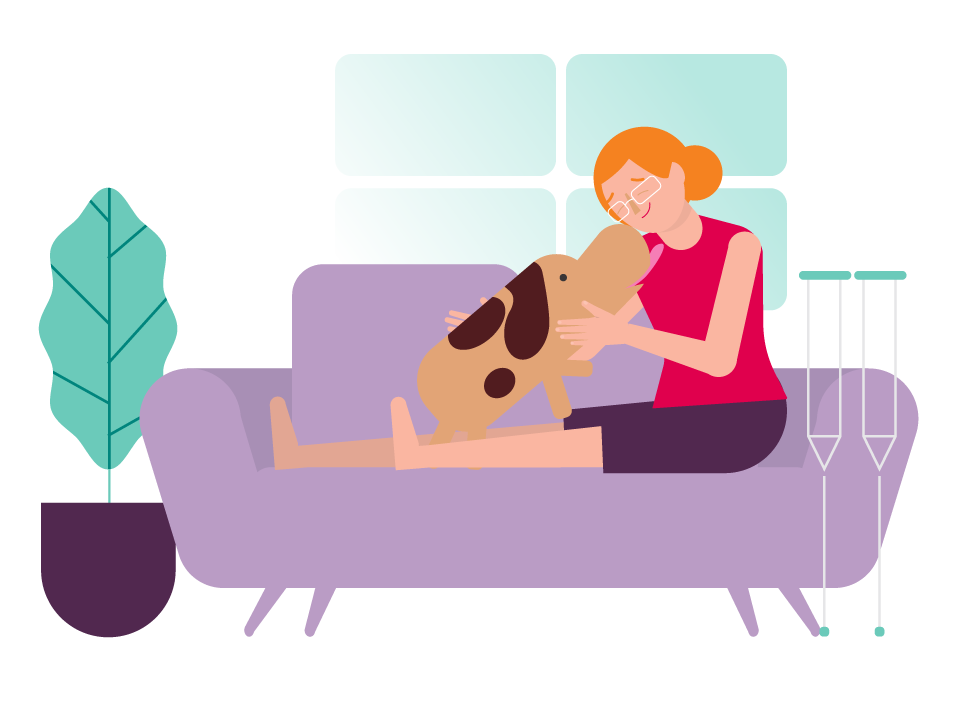The anaesthetist is responsible for pre-medication before the surgery, your anaesthesia and wellbeing during surgery, any blood transfusions you may need and your post-operative pain relief.
For endoscopic sinus surgery, general anaesthesia or local anaesthesia (often combined with sedation) may be used.
If you’re having a general anaesthetic, ask your surgeon if you can meet with the anaesthetist before the day of the procedure. This way you won’t be hurried or stressed and can be involved in the planning.
Local anaesthetic
Your surgeon numbs the inside of your nose so you don’t feel pain during the surgery and for some time afterwards.
Sedation
Sedation is often used in combination with a local anaesthetic. It’ll make you feel sleepy and relaxed. Sedation reduces your awareness of the surgery and any associated discomfort. The anaesthetist will normally give you sedation through an intravenous cannula (into a vein).
General anaesthetic
With a general anaesthetic you’ll be unconscious for your procedure and a tube will be inserted into your throat to help you breathe. You may wake up with a sore throat from the tube. General anaesthetics often cause post-operative nausea and vomiting. You may also have a local anaesthetic in your wound for pain relief after your surgery.
If you’re overweight or obese, there are increased risks associated with general anaesthesia.
Pre-medication
The anaesthetist may offer you medication before the surgery. This could be to prevent nausea, reduce stomach acid or help you relax. If you think you’ll be feeling anxious before surgery, ask if you can have something to relax you.
Pain relief after surgery
After surgery you’ll be given pain relief prescribed by your anaesthetist.
Pills, tablets or liquids can be given at regular times or when pain starts to bother you.
Print this page to take when you meet with your surgeon and anaesthetist, so you can make sure all your questions are answered.







